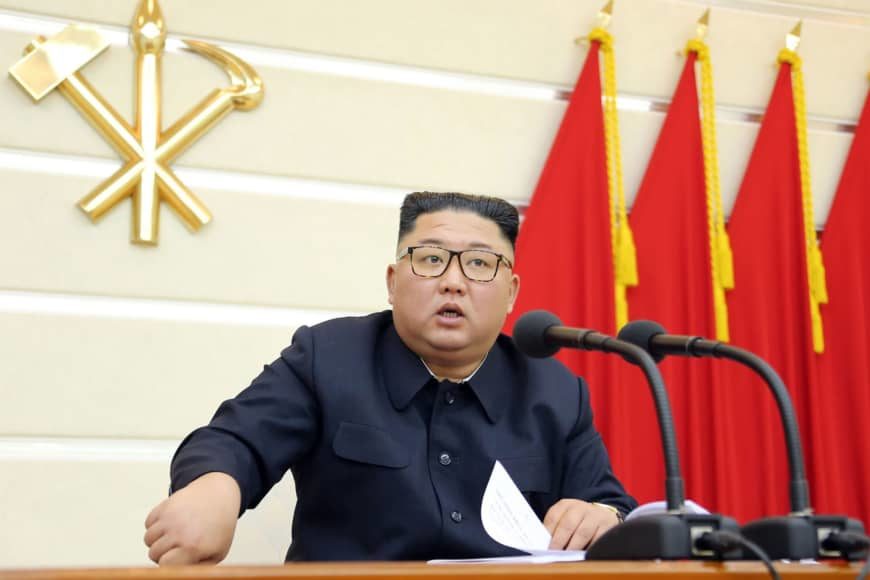
The launch was the nuclear-armed North's first for more than three months and came as nuclear negotiations with the United States remain at a standstill.
The two devices were fired eastward over the sea from the Wonsan area on the east coast and flew 240 kilometers (150 miles) at a maximum altitude of 35 kilometers, the South's Joint Chiefs of Staff said.
They were "believed to be short-range ballistic missiles," a JCS official said.
South Korea's security ministers expressed "strong concern" the North was "carrying out actions giving rise to military tensions," the presidential Blue House said.
Japan's Defense Ministry said there was no indication of anything coming down in its waters or exclusive economic zone, but added: "Recent repeated launches of ballistic and other missiles by North Korea are a serious issue."
The launch came as Pyongyang battles to prevent a coronavirus outbreak and days after the one-year anniversary of the collapsed Hanoi summit between leader Kim Jong Un and U.S. President Donald Trump.
Negotiations have since been deadlocked over sanctions relief and what the North would be willing to give up in return, despite a high-profile June meeting in the Demilitarized Zone that divides the peninsula.
Pyongyang carried out a series of weapons tests late last year, the last of them in November, often describing them as multiple launch rocket systems. It also carried out static engine tests, most recently in December.
At a party meeting at the end of that month, Kim declared that Pyongyang no longer considered itself bound by its moratoriums on nuclear and intercontinental ballistic missile tests, and threatened to demonstrate a "new strategic weapon" soon.
Leif-Eric Easley, a professor at Ewha University in Seoul, said the move showed that a recent move by the U.S. and South Korea to postpone joint defense drills did not appear to have earned goodwill from Kim.
"Pyongyang instead appears intent on raising the stakes before South Korea's April elections and before the Super Tuesday primaries of the U.S. presidential campaign," he said. "Yet, these tests are less provocative than what North Korea is capable of."
Easley said that in the short term, the coronavirus crisis will occupy the North's leadership, "leaving little bandwidth for either military escalation or productive denuclearization diplomacy."
North Korea has a long history of seeking to demonstrate its military capability to try to obtain concessions.
"March is pretty reliably missile-testing season for North Korea," tweeted Ankit Panda, senior fellow at the Federation of American Scientists.
"Looks like COVID-19 hasn't changed that (or Pyongyang is determined to make it appear as if it hasn't)," he added.
Former State Department official Mintaro Oba said: "Coronavirus dominates our attention at the moment, but this is a reminder that North Korea continues to advance its nuclear and missile programs."
It would "look for ways to gain leverage and reclaim the initiative as we get closer to the U.S. presidential election," he added.
North Korea has not reported a single case of the coronavirus, which has killed more than 3,000 people and infected over 88,000 in dozens of countries since it emerged in neighboring China. But state media have said around 7,000 people have been quarantined in three provinces alone.
Seoul and Washington last week said they will postpone forthcoming joint military exercises after South Korea — which has more than 4,000 infections — declared its highest "severe" alert level over the coronavirus.
The United States has 28,500 troops in South Korea to protect it against the nuclear-armed North, many of them based south of Seoul at Camp Humphreys in Pyeongtaek — Washington's biggest overseas military facility.



Comment: